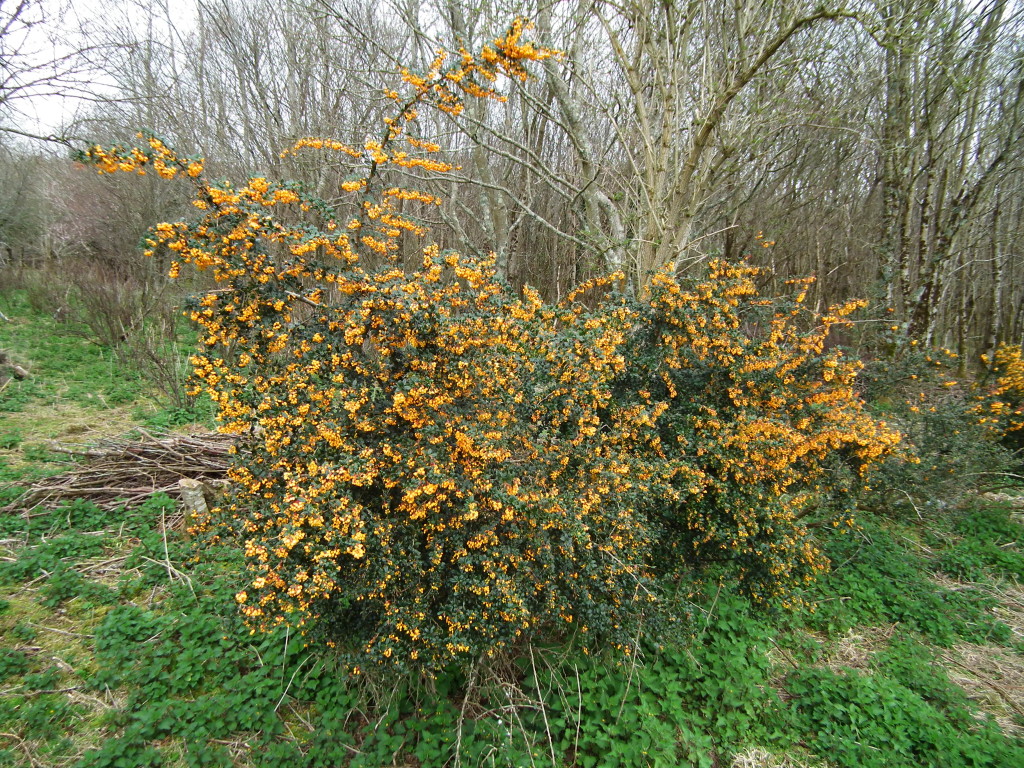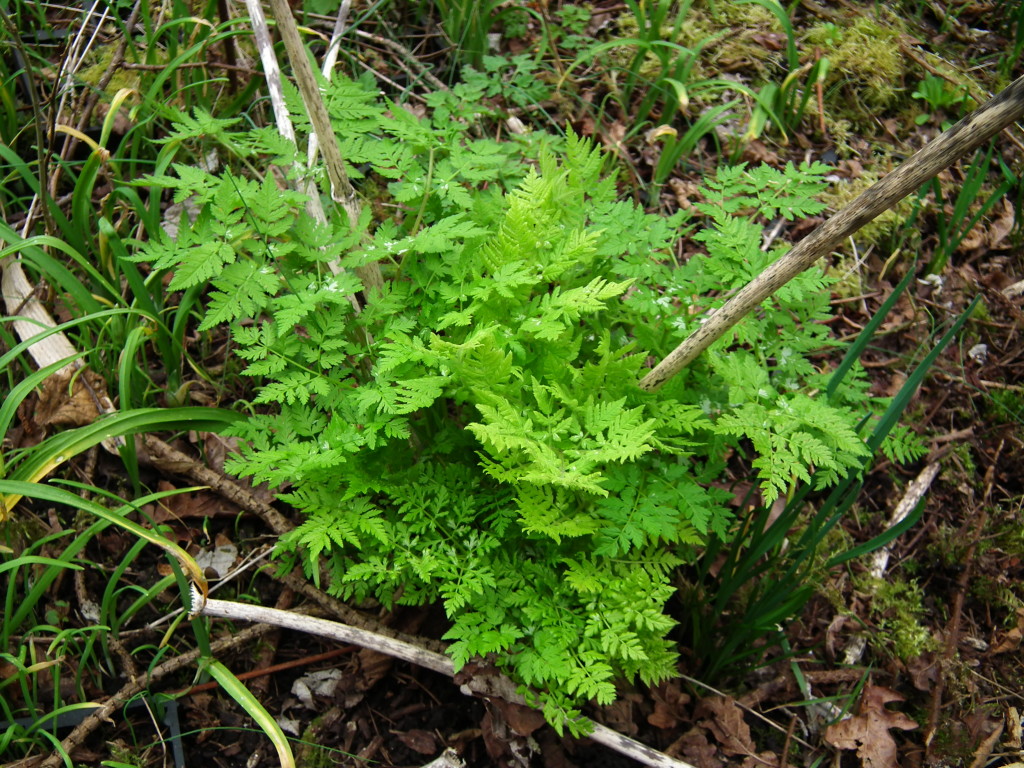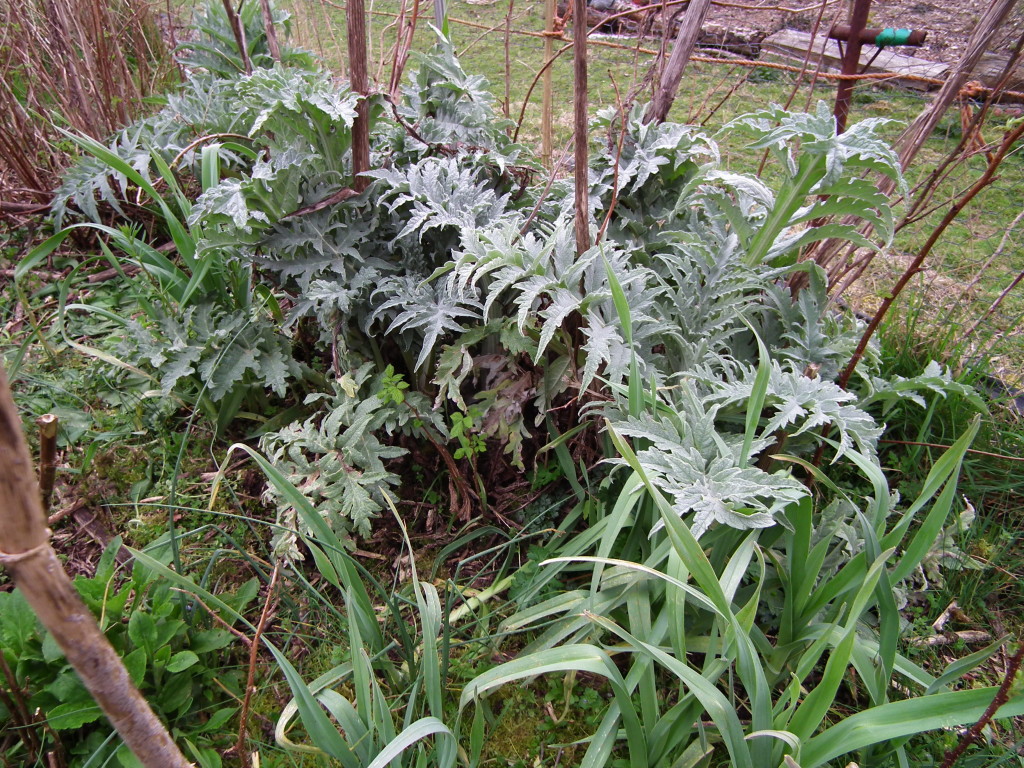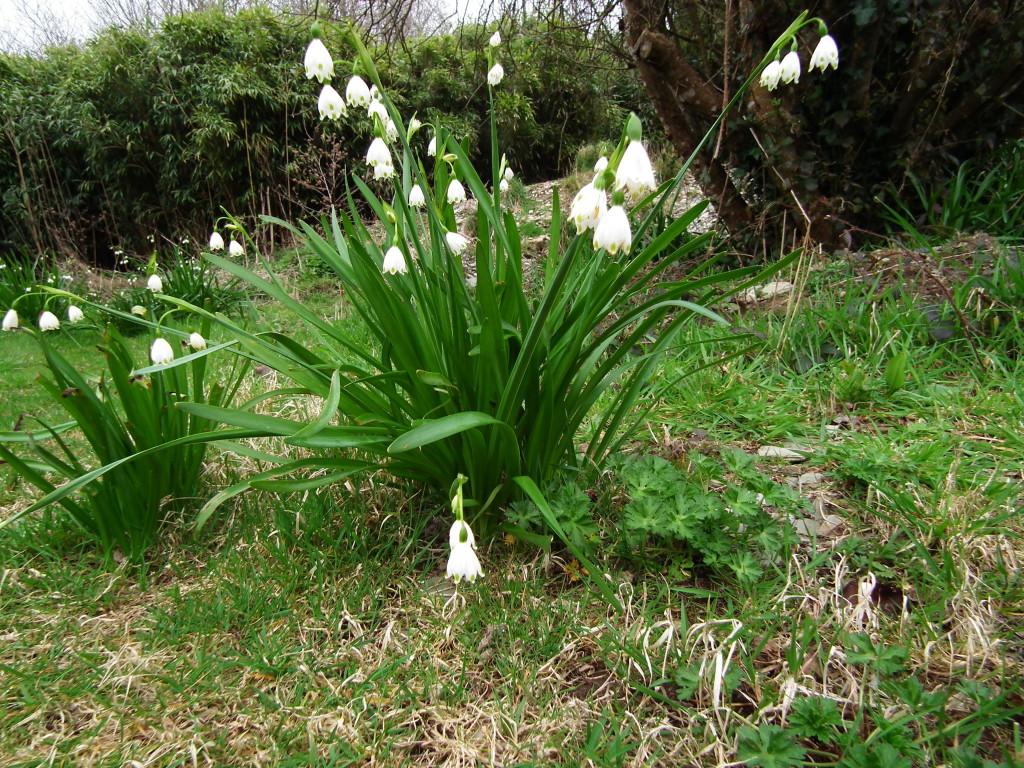Berberis darwinii Darwin’s barberry In full bloom.
Ulmus glabra Wych elm (also Ulmus procera-English elm)
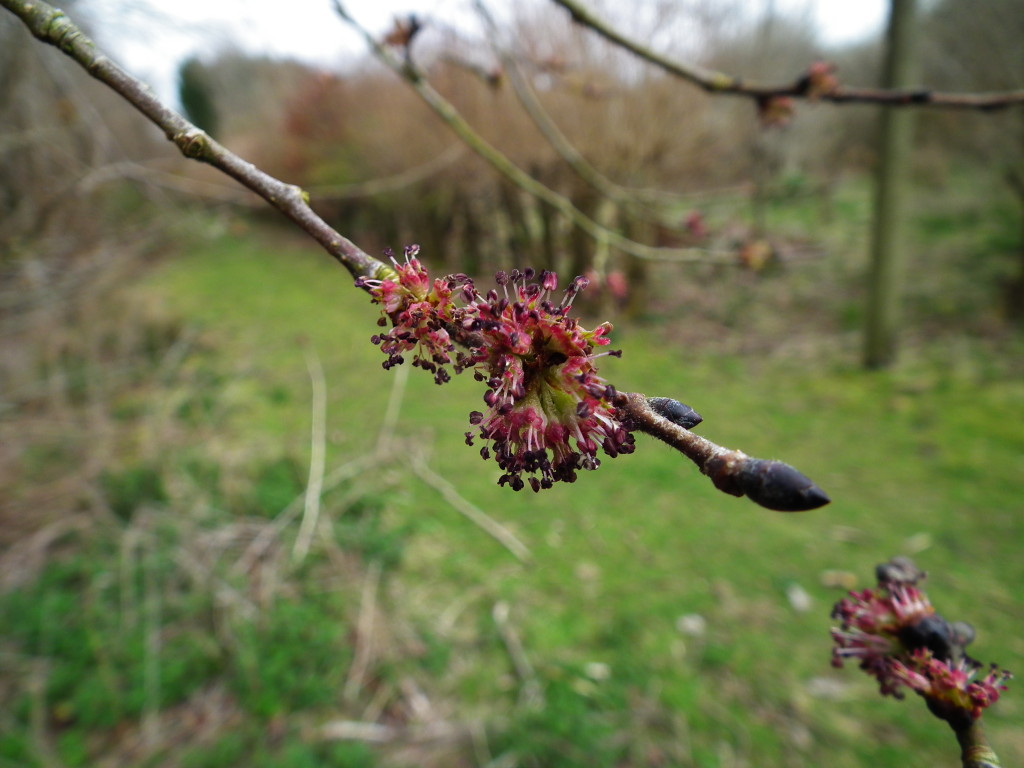 The wych elm is flowering. The flowers develop rapidly into circular winged seeds.
The wych elm is flowering. The flowers develop rapidly into circular winged seeds.
When still green and soft, the fruits are edible, and have a succulent sweetness rather like garden peas. The young tender leaves are also edible.
Allium paradoxum
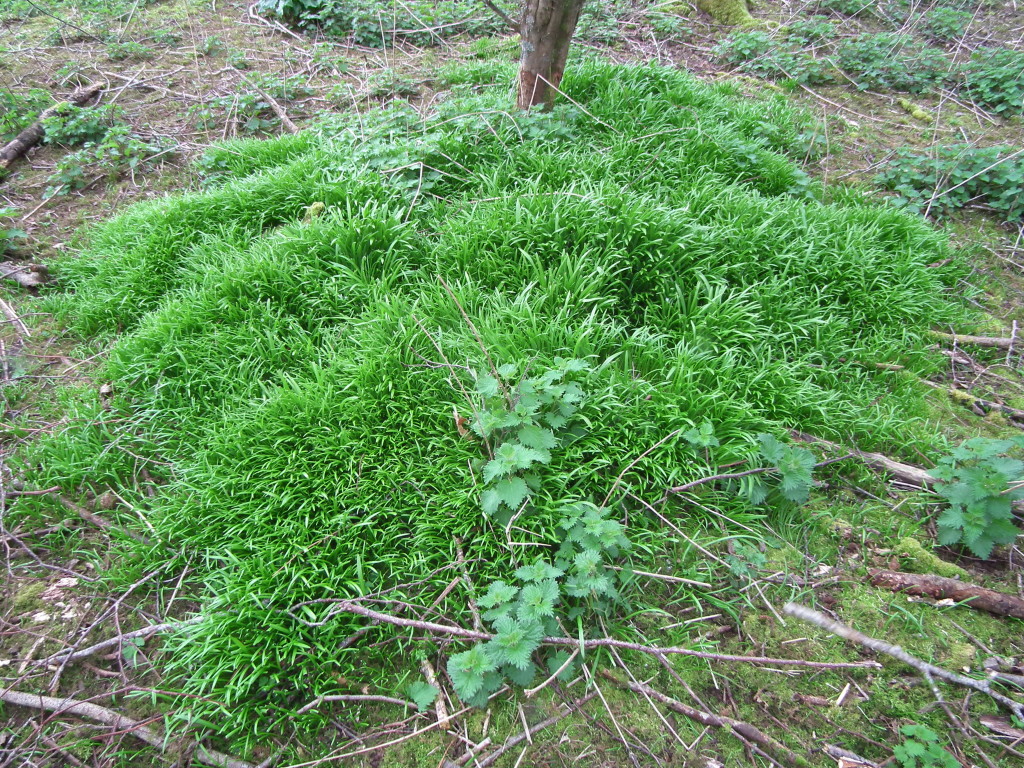
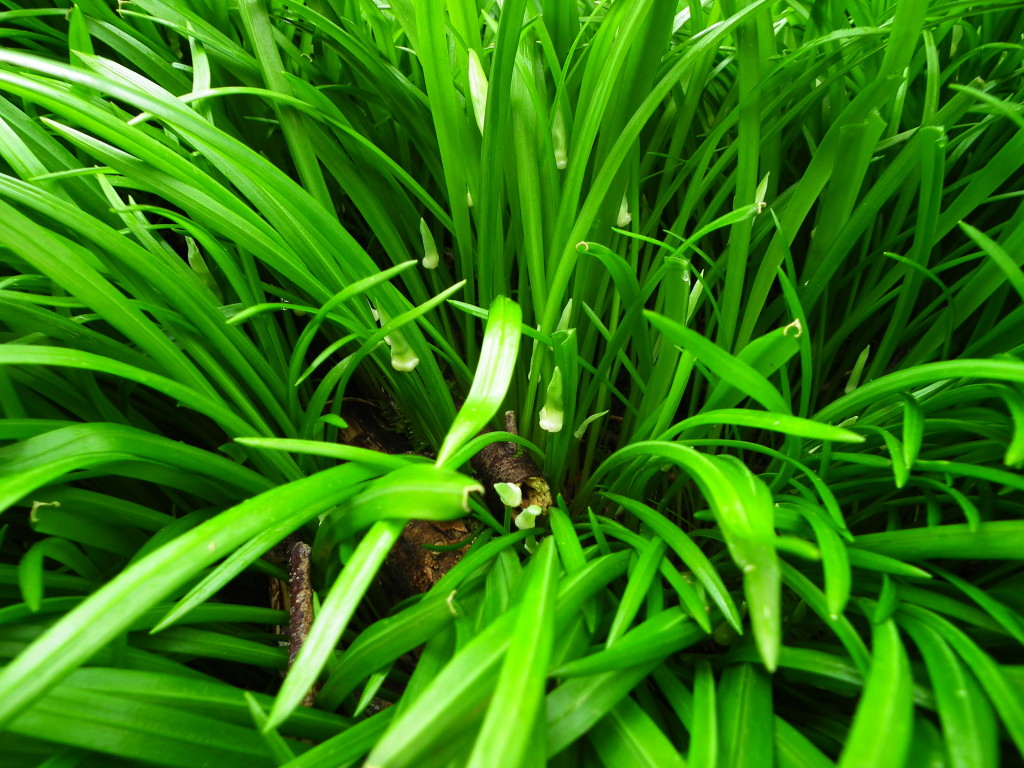 This is very similar to three-cornered leek (Allium triquetrum) but the flowers develop bulbils instead of seeds. The bulbils ripen in the summer and can be eaten or used for propagation
This is very similar to three-cornered leek (Allium triquetrum) but the flowers develop bulbils instead of seeds. The bulbils ripen in the summer and can be eaten or used for propagation
Allium vineale Crow garlic
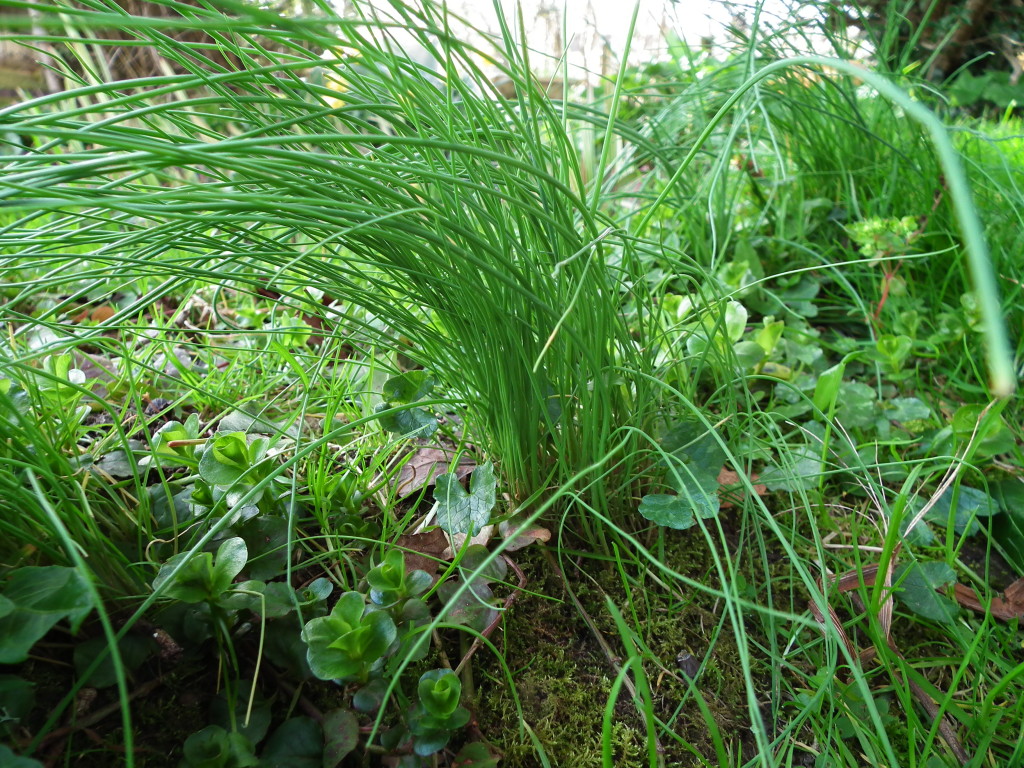 At this time of year crow garlic looks looks like chives and can be used in much the same way. It is tougher though, and is able to grow in grass and tolerate some mowing. Leaves are available though most of the winter.
At this time of year crow garlic looks looks like chives and can be used in much the same way. It is tougher though, and is able to grow in grass and tolerate some mowing. Leaves are available though most of the winter.
Allium Neapolitanum Daffodil garlic
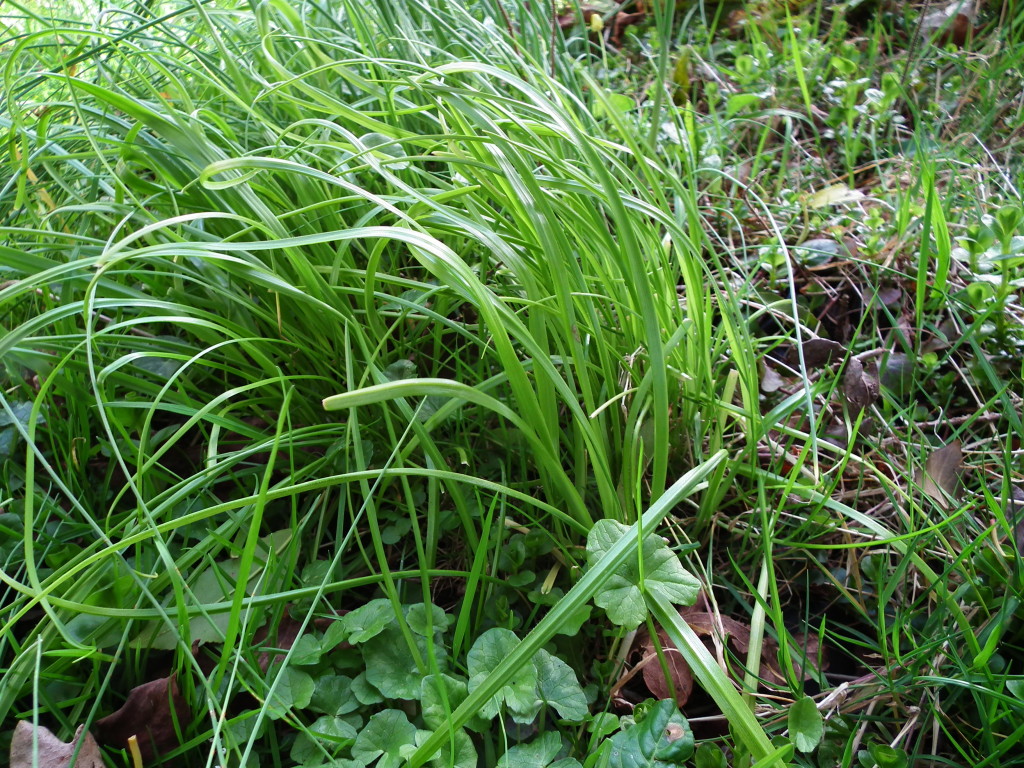 The availability of daffodil garlic is similar to that of three cornered leek, but it is a much less robust plant, has a more delicate flavour, and does not spread so easily.
The availability of daffodil garlic is similar to that of three cornered leek, but it is a much less robust plant, has a more delicate flavour, and does not spread so easily.
Allium sativum ophioscorodon Serpent garlic
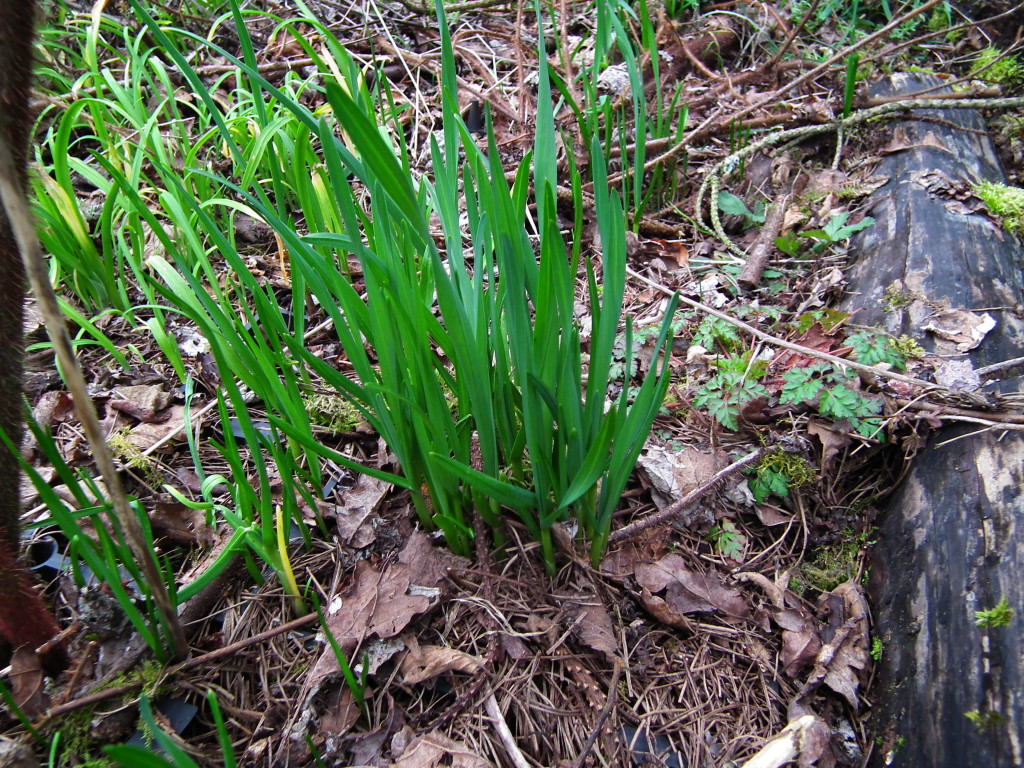 This looks and grows like a normal garlic, but in addition produces bulbils at the top, which can be eaten or used for propagation. Serpent garlic is also less prone than normal garlic to rotting in the soil over winter.
This looks and grows like a normal garlic, but in addition produces bulbils at the top, which can be eaten or used for propagation. Serpent garlic is also less prone than normal garlic to rotting in the soil over winter.
Myrrhis odorata Sweet cicely
Campanula poscharskyana (harebell)
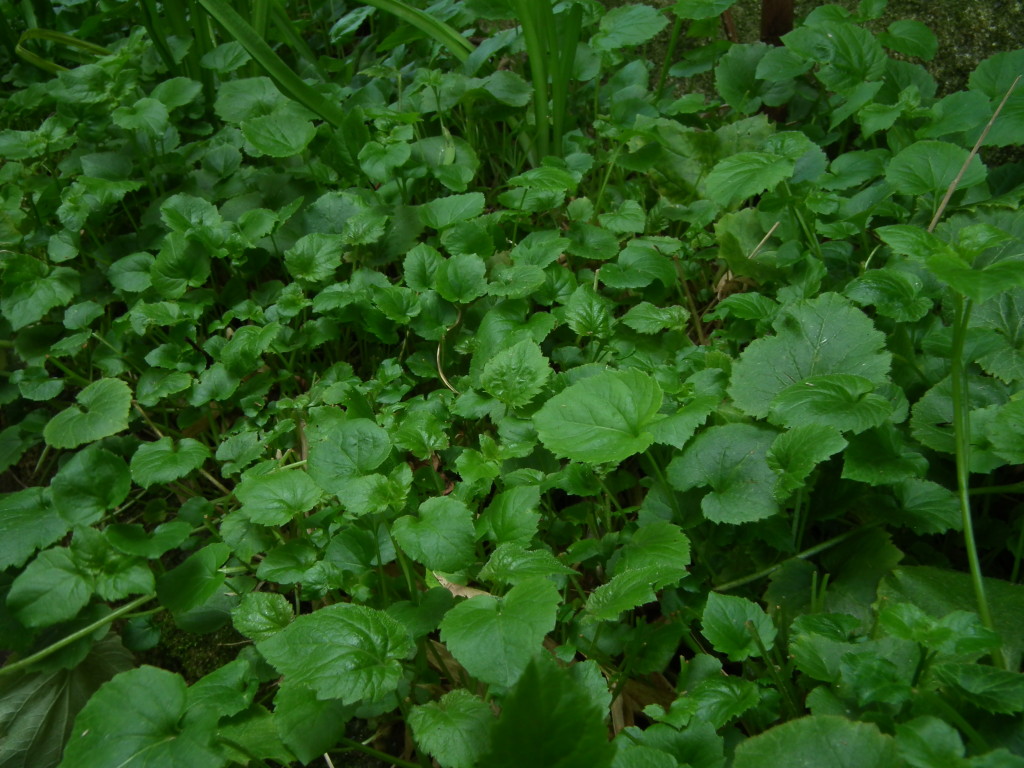 This spreading clump forming plant has edible leaves with a pleasant mild nutty flavour. They are best in the spring but are available all year. The blue flowers are also good to eat.
This spreading clump forming plant has edible leaves with a pleasant mild nutty flavour. They are best in the spring but are available all year. The blue flowers are also good to eat.
Peltaria alliacea Garlic cress
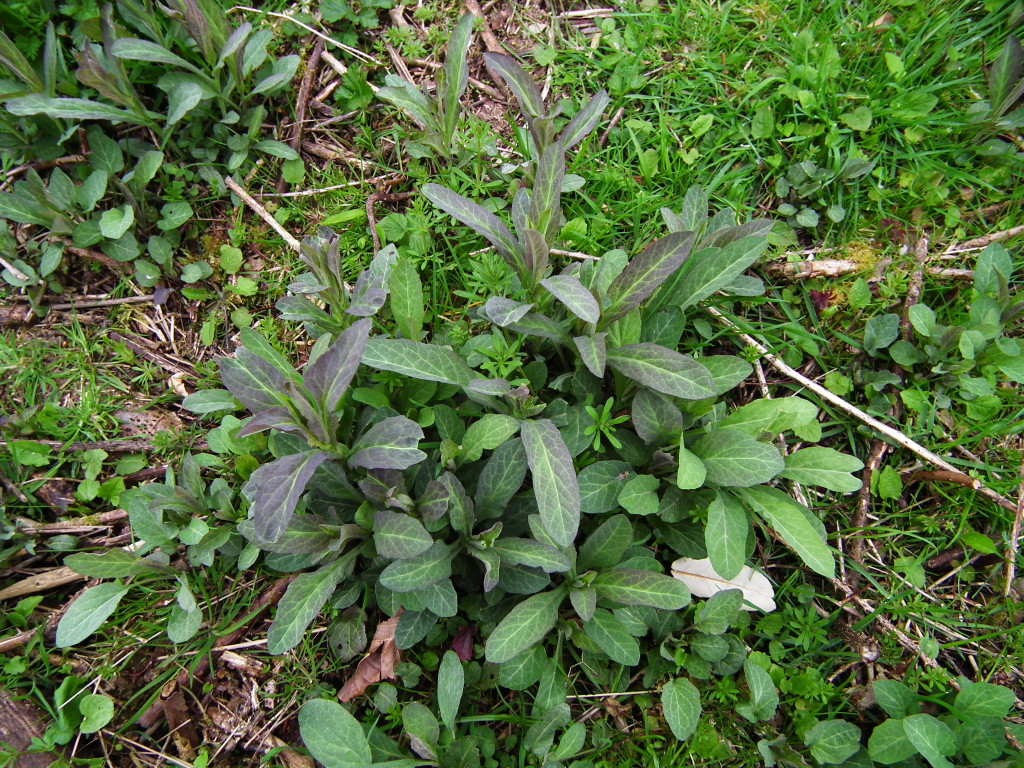 This spreading perennial has a strong hot flavour with an element of garlic to it. It is green and edible all winter when it is at its best. In summer it becomes unbearably hot. It is now starting to shoot upwards in preparation for flowering.
This spreading perennial has a strong hot flavour with an element of garlic to it. It is green and edible all winter when it is at its best. In summer it becomes unbearably hot. It is now starting to shoot upwards in preparation for flowering.
Alliaria petiolata Jack-by-the-hedge, Hedge mustard
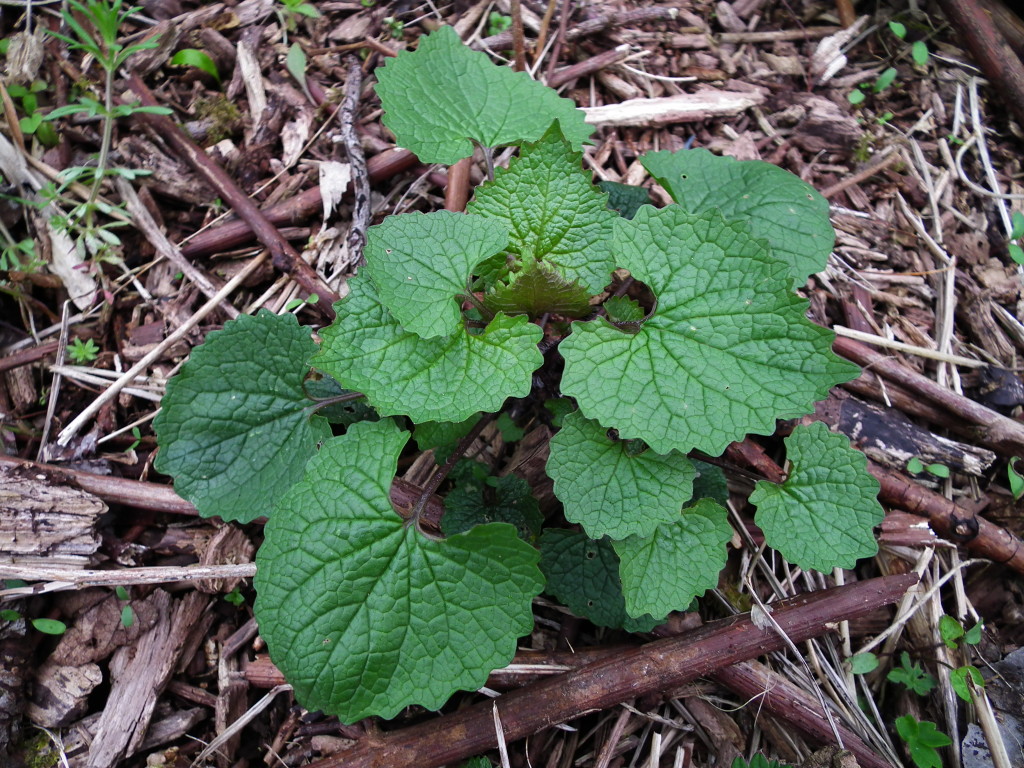 This native biennial is in some ways similar to Peltaria , but in my opinion is nicer.
This native biennial is in some ways similar to Peltaria , but in my opinion is nicer.
Cardamine hirsuta Hairy bittercress
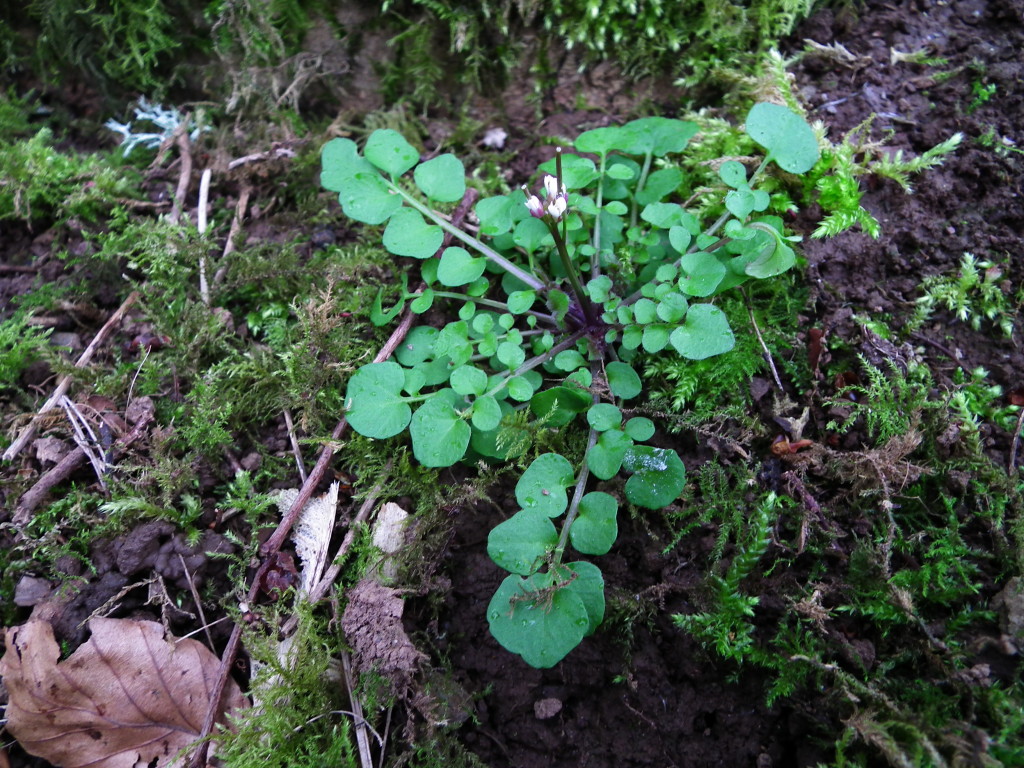 This is a small annual weed which finds its way into all sorts of places. The leaves,flowers,and young shoots add a nice spicy flavour to salads. They are also rich in iron and vitamin C.
This is a small annual weed which finds its way into all sorts of places. The leaves,flowers,and young shoots add a nice spicy flavour to salads. They are also rich in iron and vitamin C.
Claytonia sibirica (Montia sibirica) Pink purslane
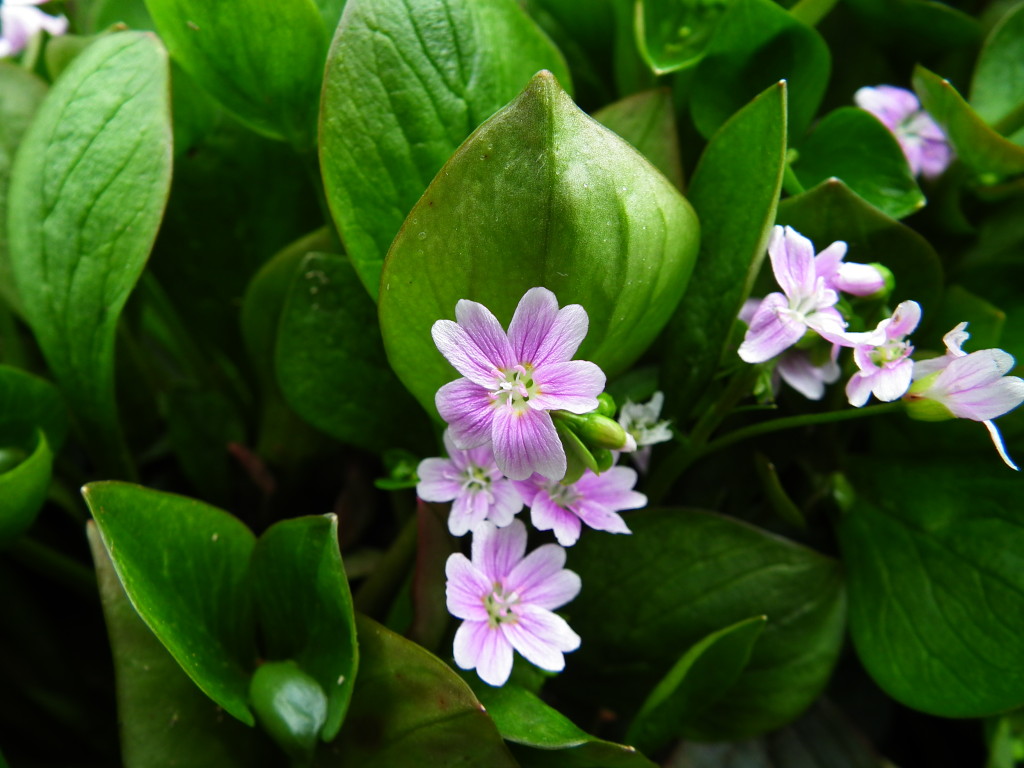
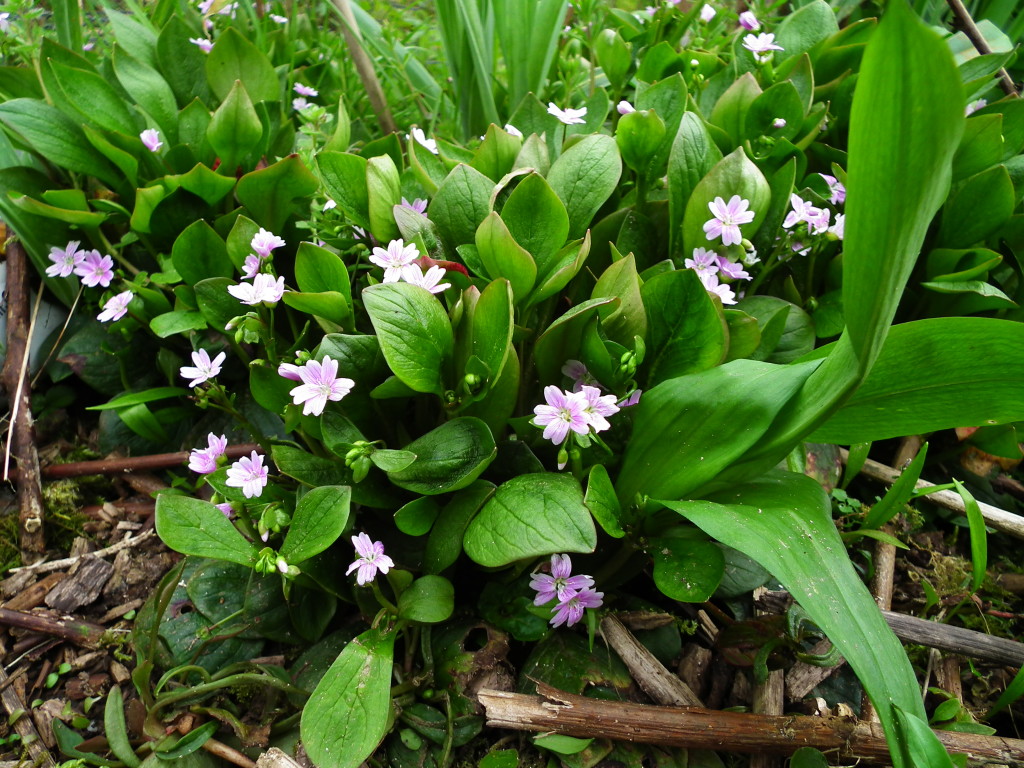 This self-sowing biennial has fleshly , juicy stems, leaves and flowers which can be added to salads. They taste like raw beetroot.
This self-sowing biennial has fleshly , juicy stems, leaves and flowers which can be added to salads. They taste like raw beetroot.
Hemerocallis spp. Day lilies
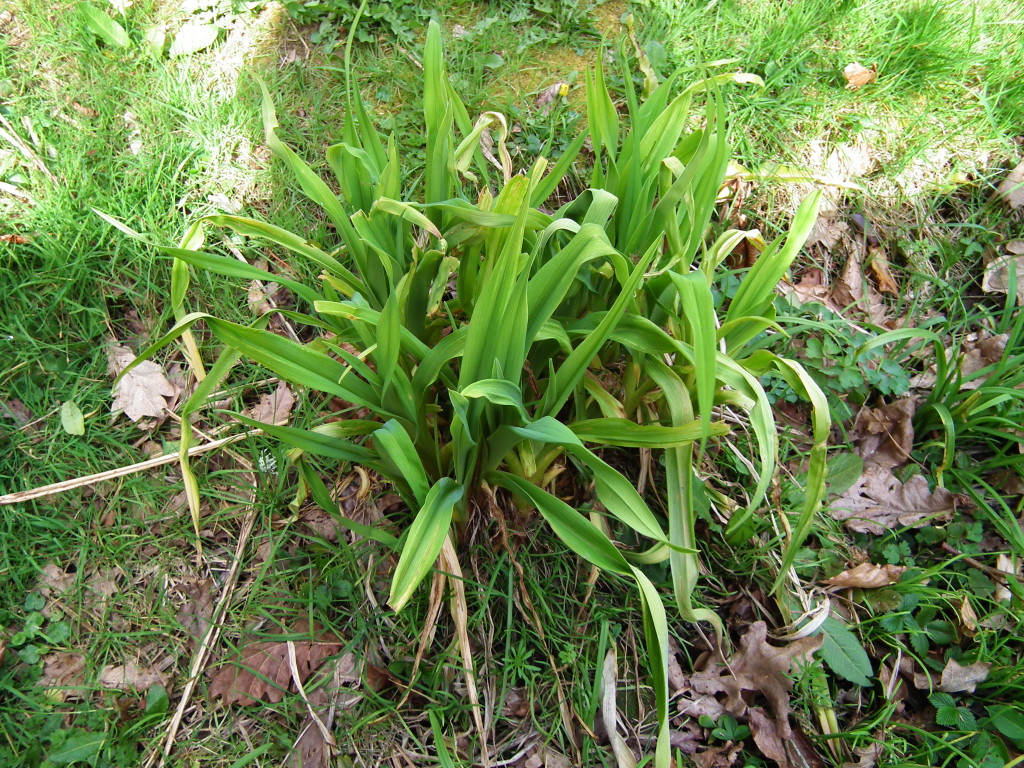 The young shoots and flowers are edible. The shoots are best cooked. The large beautiful fleshy flowers are sweat and juicy when eaten raw but some people find it has an unpleasant aftertaste. One of the best is Hemerocallis fulva var.Quanso which has a large orange double flower (see the front cover of Kens book) This is a major food in Japan and some other oriental countries, where they find it delicious. The flowers are wilted and used to thicken soups.
The young shoots and flowers are edible. The shoots are best cooked. The large beautiful fleshy flowers are sweat and juicy when eaten raw but some people find it has an unpleasant aftertaste. One of the best is Hemerocallis fulva var.Quanso which has a large orange double flower (see the front cover of Kens book) This is a major food in Japan and some other oriental countries, where they find it delicious. The flowers are wilted and used to thicken soups.
Cynara scolymus Globe artichoke
Cynara cardunculus Cardoon
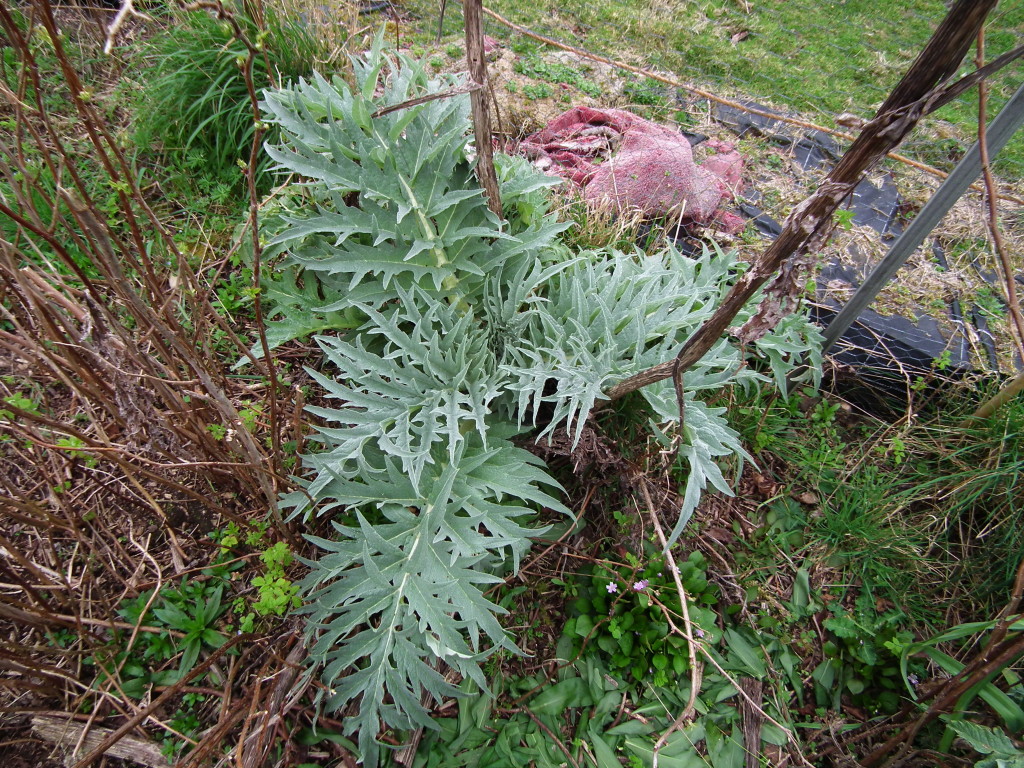 These two plants look similar, and can be used in the same way. The flower buds are a delicacy when steamed or boiled. The leaves are intensely bitter and can be made into a tea which is an excellent digestive tonic, and is especially good for the liver.
These two plants look similar, and can be used in the same way. The flower buds are a delicacy when steamed or boiled. The leaves are intensely bitter and can be made into a tea which is an excellent digestive tonic, and is especially good for the liver.
Hyacynthoides non scriptus Bluebell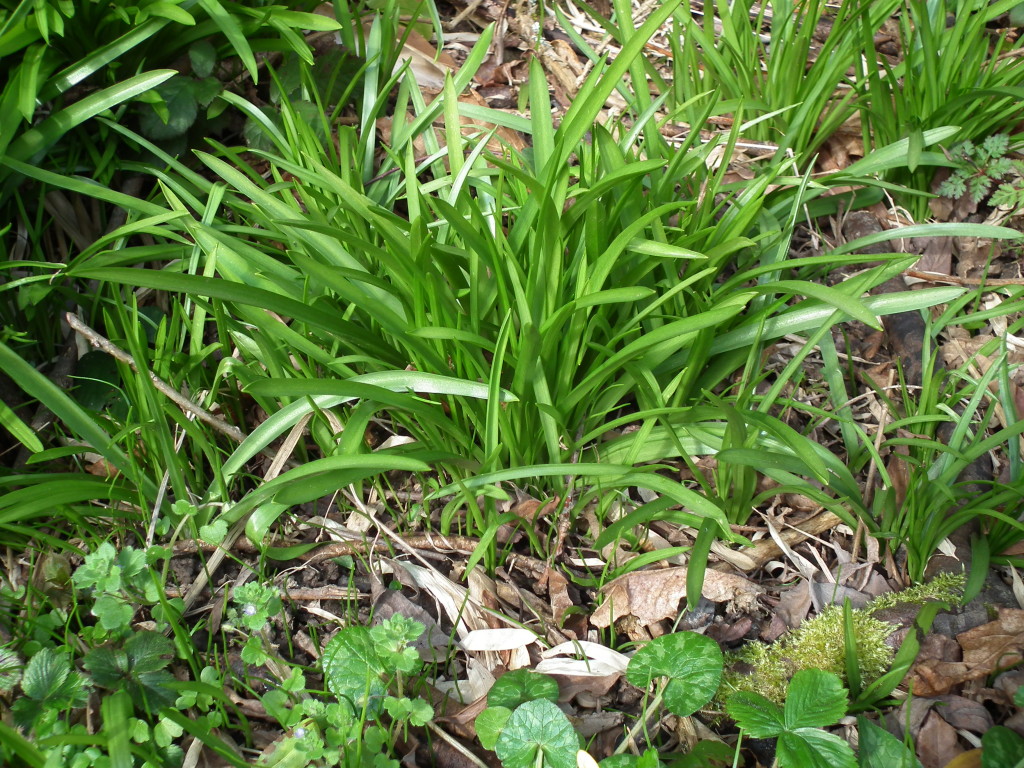
Not edible – but the underground stem-tubers work well as a paper glue!
Leucojum vernum Spring snowflake

April Walk by Ariadne Fern is licensed under a Creative Commons Attribution-NonCommercial-ShareAlike 4.0 International License.

Photos by by Ajna Fern, licensed under a Creative Commons Attribution-NonCommercial-ShareAlike 4.0 International License.
